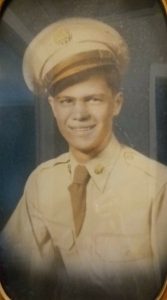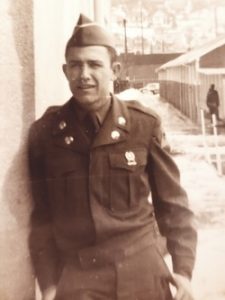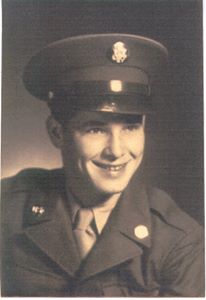Stevenson, Robert Edward
Army Private 1st class
Robert Edward Stevenson from Virginia, Tazewell county.
Service era: Korea
Date of death: Sunday, July 16, 1950
Death details: On the evening of July 15, 1950, the U.S. Army’s 19th Infantry Regiment held defensive positions along the south bank of the Kum River. As dusk approached, North Korean People’s Army (NKPA) tanks appeared on the opposite shore and began firing on the U.S. positions. Although U.S. troops repulsed the attacks that evening, the next morning the NKPA crossed the river and launched a major attack against the 19th Regiment. As the regiment began withdrawing south to Taejon, the North Koreans pushed deep into their defensive lines and set up a roadblock en route to Taejon. When retreating American convoys could not break through the roadblock, soldiers were forced to leave the road and attempt to make their way in small groups across the countryside. Of the 900 soldiers in the 19th Infantry when the Battle of Kum River started, only 434 made it to friendly lines. Private First Class Robert Edward Stevenson entered the U.S. Army from Virginia and served with Company G, 2nd Battalion, 19th Infantry Regiment, 24th Infantry Division. He went missing in action on July 16 during the Battle of Kum River, following his unit’s attempt to withdraw around an enemy roadblock outside Taejon. Private First Class Stevenson was never reported as a prisoner of war, and his remains were not recovered or identified following the conflict. Today, Private First Class Stevenson is memorialized on the Courts of the Missing at the National Memorial Cemetery of the Pacific.
Source: National Archives, Defense POW/MIA Accounting Agency


